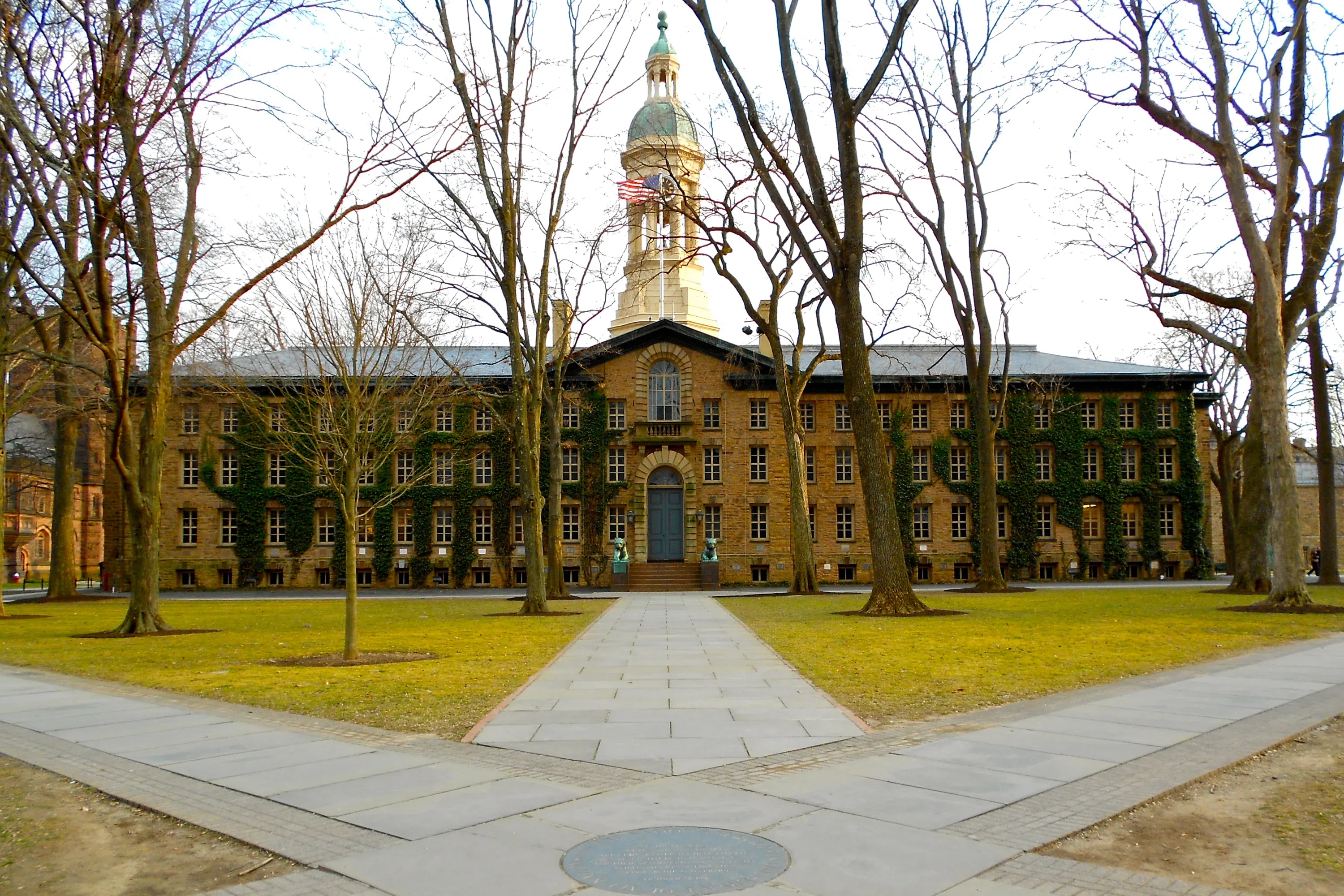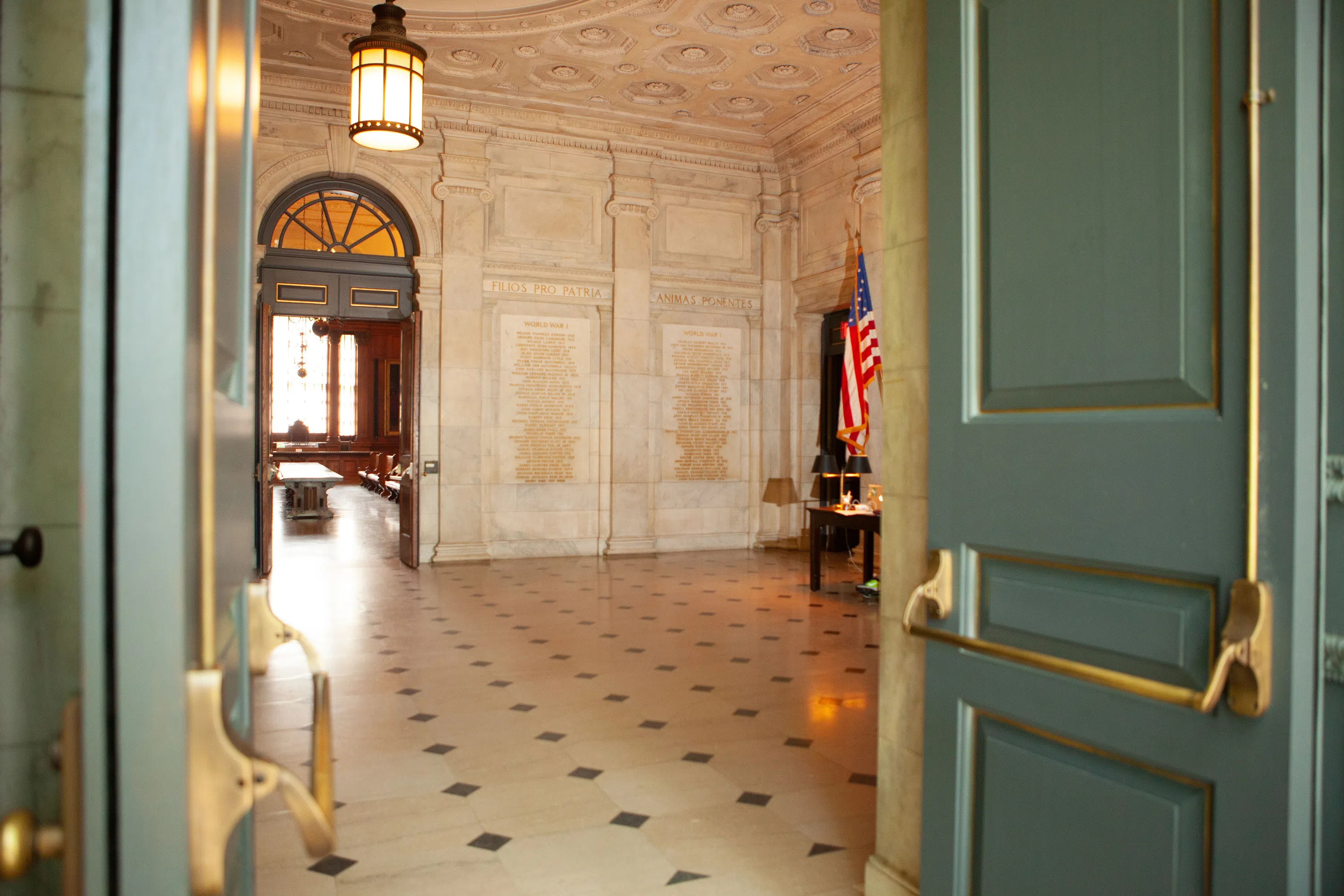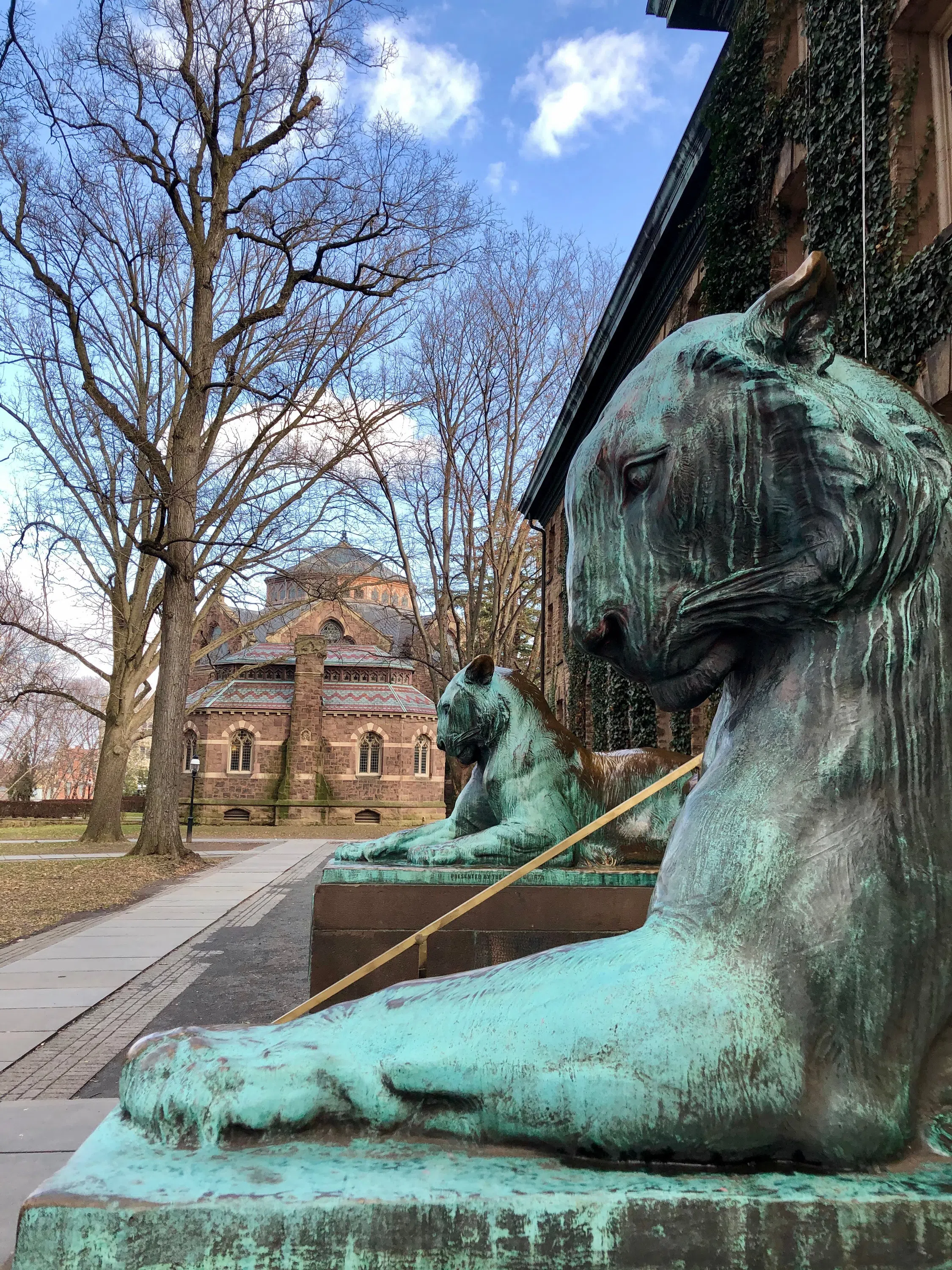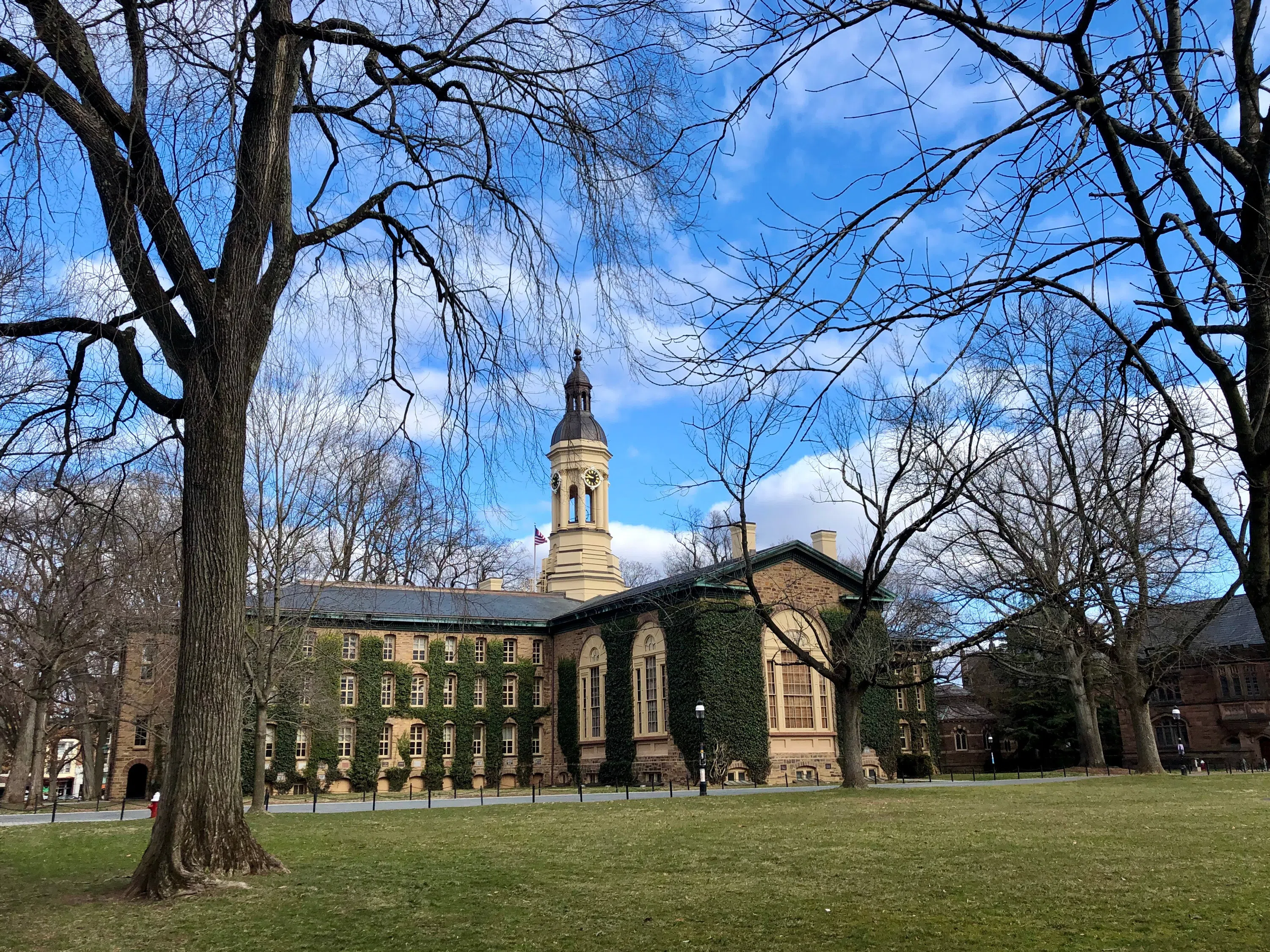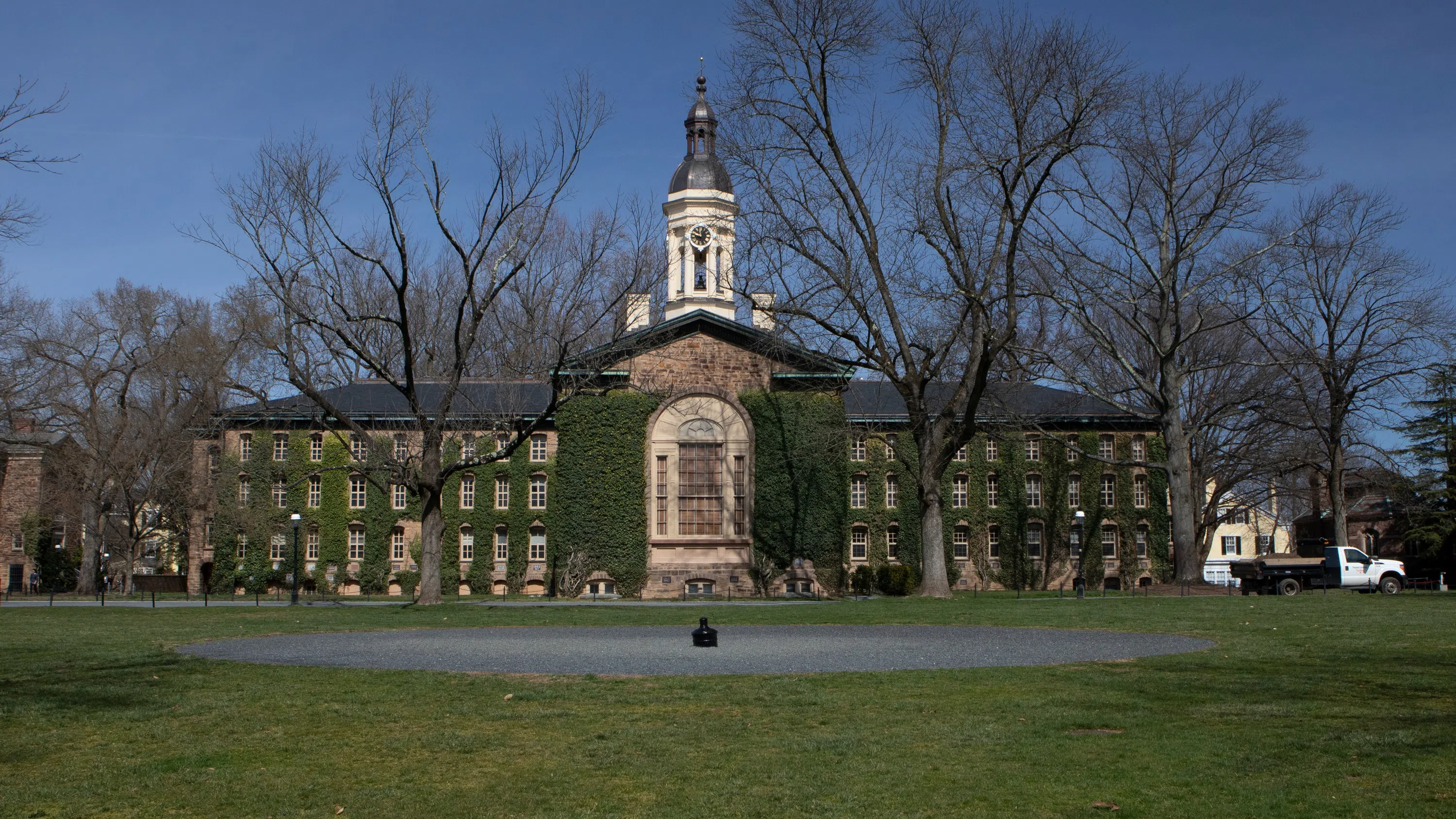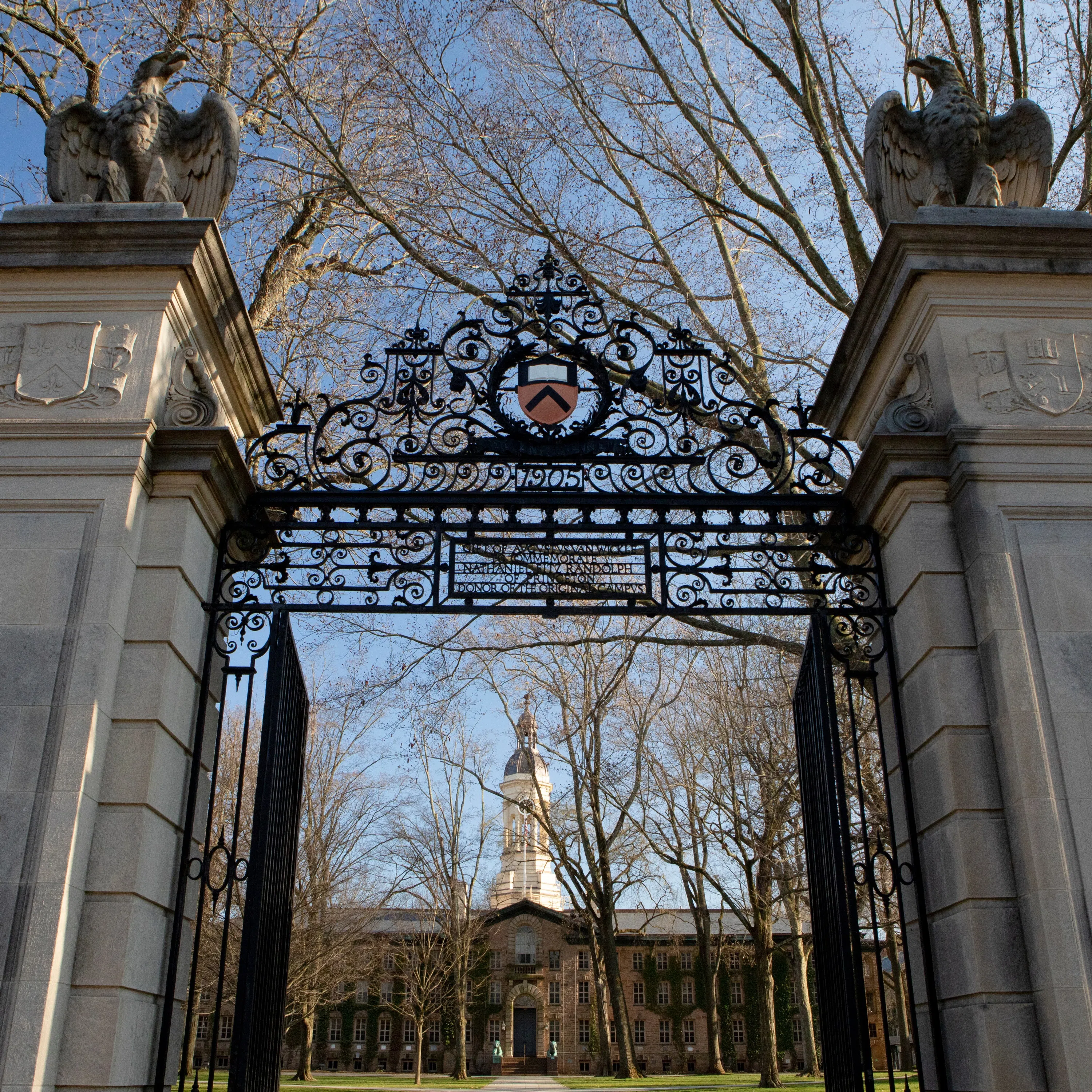Media Gallery
History of Princeton
⭐ History of Princeton
History of Princeton
Princeton was founded in 1746 in Elizabeth, NJ and moved to the town Princeton when Nassau Hall was completed in 1756. Princeton is the fourth oldest college to be established in the English colonies and the first in the middle colonies—after Harvard and Yale in New England, and William and Mary in Virginia. Princeton was not always called Princeton. It was first called the College of New Jersey but on the 150th anniversary of its opening, it's name was changed to Princeton University.
About Nassau Hall
Construction on Nassau Hall was completed in 1756 and was the first building on the Princeton campus. During the Revolutionary War, Nassau Hall was fired upon multiple times and one cannonball left a dent in the back on Nassau Hall (on the side close to Morrison Hall) and another made it straight through a portrait of King George III. We still have the frame today and it has been replaced with a portrait of George Washington and is hanging in the University Art Museum.
Nassau Hall briefly became the nation’s capitol in 1783 for 4 months and 8 days. The capitol was then in Philadelphia, but American soldiers mutinied nearby, unhappy over their lack of pay. During this time that Nassau Hall served as the nation's capitol, Congress received news of the Treaty of Paris, so one could say America started right here in Nassau Hall! In 1961 Nassau Hall was declared a National Historic Landmark by the United States Department of the Interior, mainly because it once served as the U.S. capitol. The U.S. Post Office issued a commemorative three-cent stamp in orange and black in 1956 to mark the bicentennial of Nassau Hall’s construction.
Nassau Hall now houses administrative offices and remains one of the most recognizable and historically significant buildings on campus.
Nassau Hall briefly became the nation’s capitol in 1783 for 4 months and 8 days. The capitol was then in Philadelphia, but American soldiers mutinied nearby, unhappy over their lack of pay. During this time that Nassau Hall served as the nation's capitol, Congress received news of the Treaty of Paris, so one could say America started right here in Nassau Hall! In 1961 Nassau Hall was declared a National Historic Landmark by the United States Department of the Interior, mainly because it once served as the U.S. capitol. The U.S. Post Office issued a commemorative three-cent stamp in orange and black in 1956 to mark the bicentennial of Nassau Hall’s construction.
Nassau Hall now houses administrative offices and remains one of the most recognizable and historically significant buildings on campus.
FitzRandolph Gate
There lies a bit of a superstition when talking about FitzRandolph Gate. Students claim that if you walk out of the center gate before your senior year commencement you will not graduate on time. It's rumored that John F. Kennedy walked through the center gate and that is the reason he did not graduate from Princeton. To this day students can be seen swerving to avoid the center gate, opting to walk out of the side gates instead.
Fortunately, this is only a myth. When Kennedy was at Princeton the center gate were not actually open so it would have been impossible for him to walk out of them. Whether or not students choose to believe this is up to them, as many play it safe and avoid the center gate just in case!
Fortunately, this is only a myth. When Kennedy was at Princeton the center gate were not actually open so it would have been impossible for him to walk out of them. Whether or not students choose to believe this is up to them, as many play it safe and avoid the center gate just in case!
